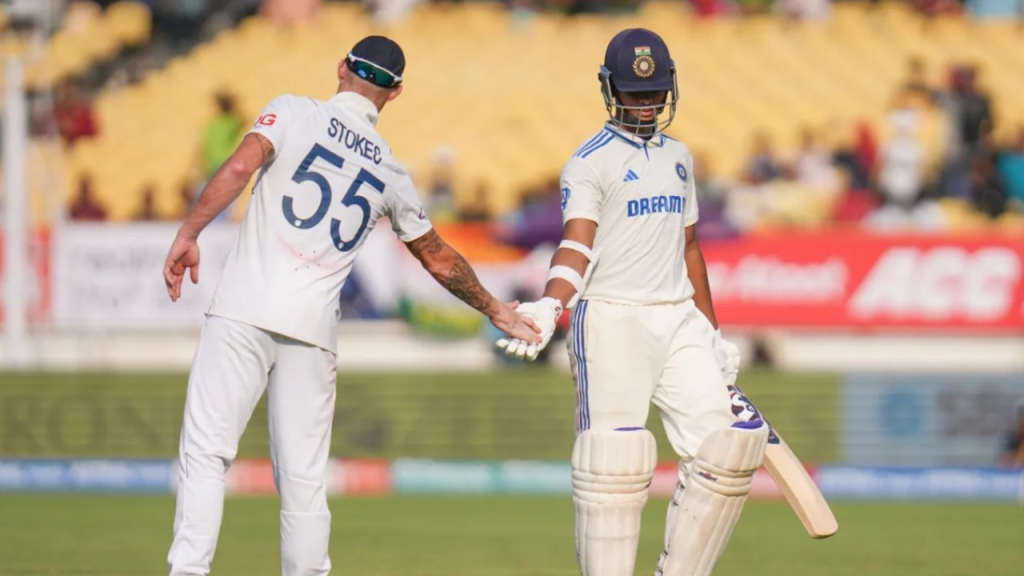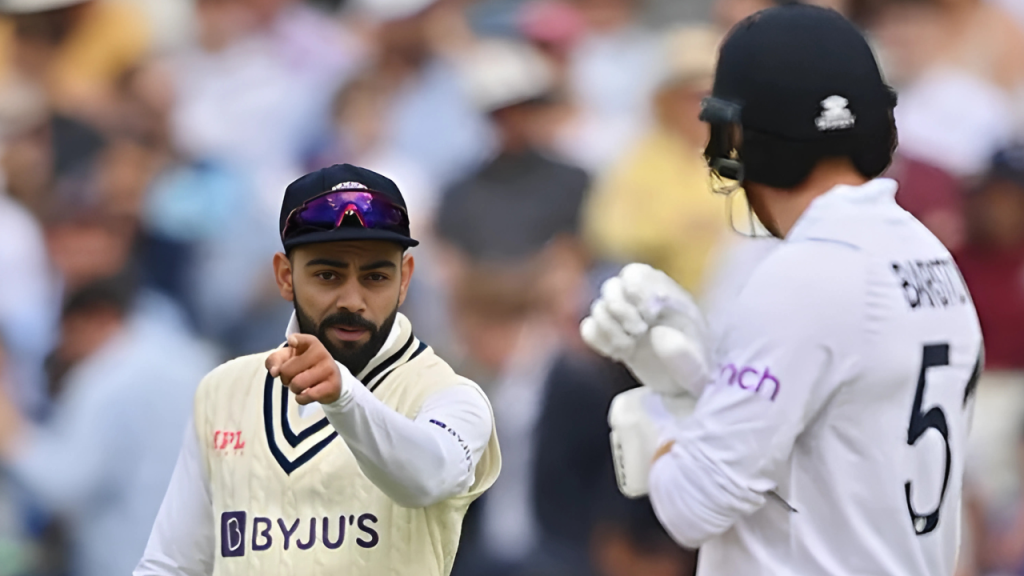The second Test between India and Australia at Adelaide Oval unfolded with a plot twist that could only be scripted by the game itself. The setting was perfect for drama: a day-night Test with the pink ball under the South Australian sky, promising not just cricket but a spectacle. KL Rahul, opening the innings for India, found himself at the center of this unfolding narrative.
The incident in question occurred when Scott Boland, the Australian pacer, delivered what seemed like a perfect dismissal. KL Rahul, after facing a few deliveries, edged one, or so it seemed, with the ball carrying to Alex Carey behind the stumps. Rahul, perhaps resigned to his fate, began walking back, a decision that would have seen Virat Kohli, waiting in the wings, stride out to the middle. However, cricket, with its myriad rules and technologies, had other plans. The umpire, after a moment’s pause, signaled a no ball. The drama didn’t end there; the Snicko, a technology used to detect edges, showed no contact between bat and ball. KL Rahul, who had already started his walk back, was granted a reprieve, a second chance that could potentially change the course of the match.
This moment was more than just a reprieve for Rahul; it was a testament to the game’s unpredictability. Here was a player, often under scrutiny for his form and place in the team, given a lifeline by the very rules that govern the sport. The no ball, a technicality often overlooked in the heat of the game, became the hero of the hour, saving Rahul from an early departure and keeping Kohli, eager and ready, back in the pavilion.
The Adelaide Test, with its pink ball, adds another layer to this narrative. The pink ball, known for its behavior under lights, challenges batsmen and bowlers alike, making every session, especially under the evening sky, a test of skill and nerve. For Rahul, this reprieve meant more than just surviving; it was an opportunity to adapt, to learn, and to potentially thrive in conditions that are notoriously tough for visiting teams.
As the match progresses, this incident will be remembered not just for the technicality of the no ball but for what it represents in cricket’s broader tapestry. It’s a reminder of how the game can swing on the smallest of margins, how a moment’s lapse in concentration or a technical error can alter not just a match but a series. For fans, it’s these moments that make cricket a spectacle, where every ball, every decision, and every technological review can lead to a narrative twist.
The no ball incident involving KL Rahul and Scott Boland at Adelaide isn’t just about a reprieve or a missed opportunity; it’s about the essence of cricket. It’s about how the game, with its rules and technologies, ensures that every player gets a fair chance, that every match has moments of drama, and that every Test, especially under the pink lights, offers stories that will be recounted for years. KL Rahul’s second chance, thus, becomes a metaphor for cricket itself – unpredictable, fair, and always full of surprises.





